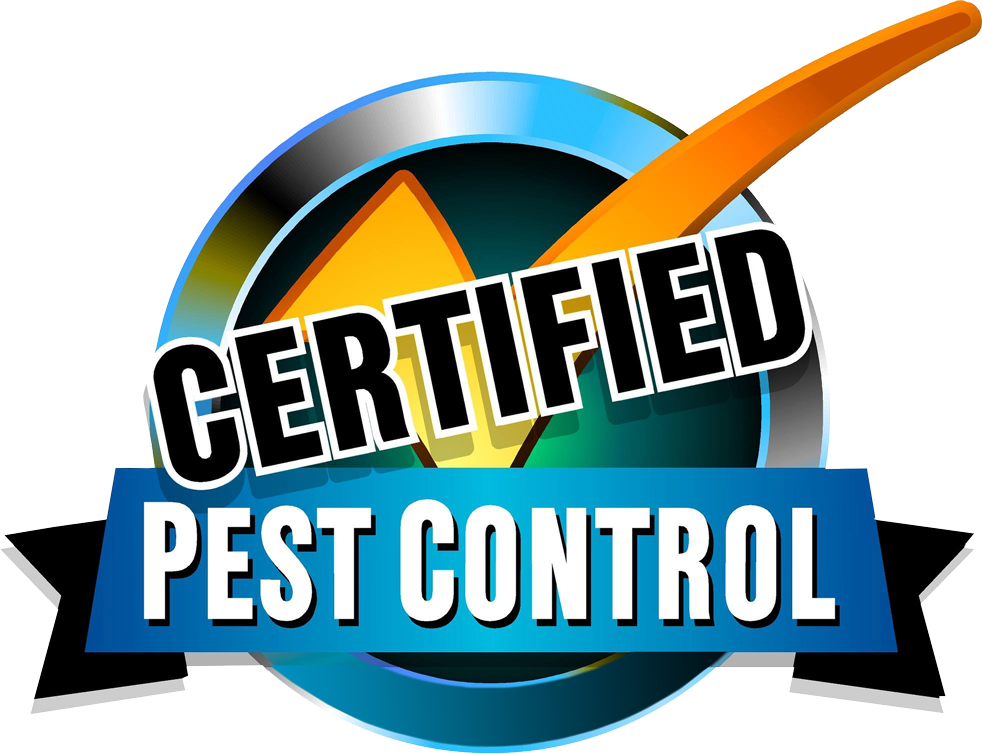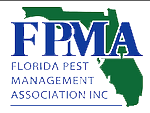Hurricane season is a fact of life in Southwest Florida, and while most homeowners focus on securing shutters and stocking up on supplies, keeping pests at bay should also be a priority. Storms can push insects, rodents, and other animals to seek refuge inside homes once their natural habitats are disturbed. Understanding how hurricanes influence pests and taking proactive measures can help minimize the risk of infestations.
Why Hurricanes Heighten Pest Activity
During a hurricane, strong winds and heavy rains disrupt the environments where pests live, forcing them to migrate. Flooded grounds cause subterranean insects (like ants and termites) to seek drier territory, while strong gusts can fling flying insects into previously unaffected areas. Standing water and debris accumulate, creating prime breeding grounds for mosquitoes and providing new hiding places for rodents.
Statistics illustrate that average annual hurricane activity has increased in recent years, intensifying the need for robust property protection strategies. When storm damage occurs, pests can exploit cracks, gaps, and weakened structures. By knowing what to expect, you can implement thorough, preventative practices.
Common Post-Storm Pests in Southwest Florida
Hurricanes in Southwest Florida often bring about an uptick in pests such as:
- Mosquitoes: Excess water can quickly become breeding sites.
- Rodents: Flooded burrows push them to higher ground—often within human structures.
- Cockroaches: Floodwaters can displace them, driving them indoors.
- Ants: Fire ants form “rafts” during floods, drifting until they locate a dry spot.
Being aware of these likely intruders makes it easier to fortify your property against unwelcome guests. After all, even minor repairs and diligent upkeep can deter infestations, saving you time and money down the road.
Strengthen Your Property Against Storm Damage
One of the best ways to keep pests out is by protecting your home from the damage hurricanes leave behind. Sturdy defenses may not prevent a storm from passing overhead, but they can drastically reduce the structural vulnerabilities pests exploit. Consider:
- Examining Roofing and Gutters: Closely inspect your roof for loose or missing shingles, as these can create perfect entry points for insects. Clear gutters of leaves, branches, and other debris that gather during the year; clogged gutters trap water and invite both pests and moisture damage.
- Repairing Cracks and Sealing Gaps: Walk around your home’s foundation and walls, checking for any cracks, holes, or gaps near windows and doors. Pay special attention to garage doors and attic vents—these are notable weak spots. Applying high-quality caulking or weatherstripping around openings keeps pests from sneaking in between frames and seals.
- Pruning Landscaping: Trees that overhang your roof serve as bridges for pests that easily drop onto shingles or slip into attics. Shrubs hugging your home’s exterior can become highways for ants, rodents, and roaches. Trim branches and maintain a buffer of at least a few feet around your property’s perimeter.
Cleanup Efforts That Make a Difference
Well-planned cleanup is an essential component of post-storm readiness. The more quickly and effectively you deal with storm debris and lingering water, the less likely you are to host new pest populations.
- Remove Standing Water: All it takes is a bottle cap’s worth of standing water for mosquito larvae to grow. Once floodwaters recede, inspect your property—even if it appears largely dry—and dispose of water from pots, tarps, or any hollowed-out objects. For low-lying areas that cannot be drained, consider using state-sanctioned larvicides to reduce mosquito breeding.
- Clear Debris: Raked-up leaves, fallen branches, and scattered trash make attractive, sheltered environments for rodents, insects, and wildlife. Promptly remove debris piles from your yard to discourage nesting and feeding.
- Inspect Damp Interiors: Mold and mildew are not only harmful to your health, but they also create damp conditions that attract pests. Once conditions are safe, ventilate and dry interior spaces thoroughly. Check behind furniture, under appliances, and inside closets for moisture buildup.
Proactive Measures for Storm Aftercare
A strategic action plan, established before the skies darken, can ensure a swift response once the weather clears. Consider these steps:
- Schedule a Professional Inspection: Even if your home appears unaffected by a storm, underlying water damage or microscopic cracks can serve as entry points for pests. A professional pest inspection can uncover hidden vulnerabilities.
- Maintain a Consistent Cleaning Routine: Regularly vacuuming, wiping down surfaces, and disposing of trash keeps pests from finding an additional reason to settle inside your home.
- Educate Yourself and Neighbors: A community prepared for hurricane season is a community better equipped to fend off pests. Sharing tips with neighbors about removing standing water or securing trash lids not only keeps your own property safer but also reduces pest activity in the vicinity.
Stay Connected With Local Experts
Storm season comes roaring through every year, reminding homeowners just how crucial advance preparation can be. By diligently monitoring your surroundings and strengthening your property, you’ll be one step ahead when those high winds and heavy rains roll in. When you’re ready to take your hurricane-season pest prevention even further, our team at Certified Pest Control is here to help. For more information on safeguarding your home from pests, or for a post-hurricane inspection, contact us to set up an appointment. We’re committed to keeping your home secure, comfortable, and pest-free, no matter what the weather may bring.


